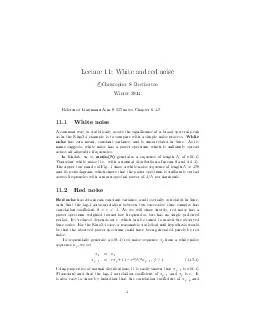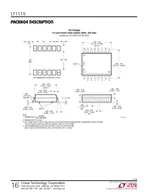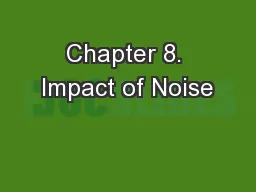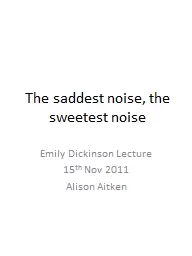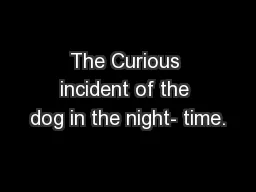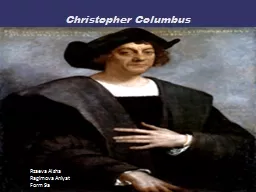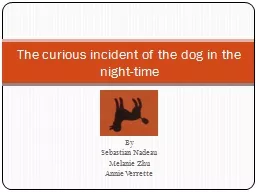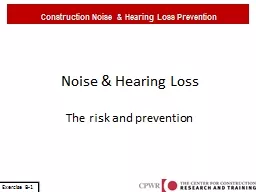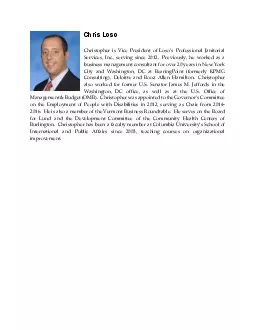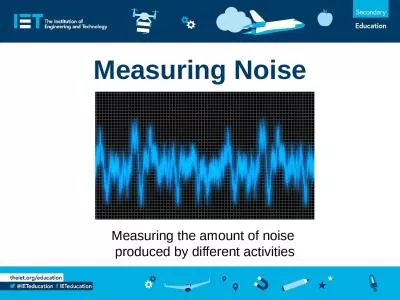PDF-Lecture White and red noise Christopher S
Author : debby-jeon | Published Date : 2014-12-28
Bretherton Winter 2014 Reference Hartmann Atm S 552 notes Chapter 612 111 White noise A common way to statistically assess the signi64257cance of a broad spec tral
Presentation Embed Code
Download Presentation
Download Presentation The PPT/PDF document "Lecture White and red noise Christopher..." is the property of its rightful owner. Permission is granted to download and print the materials on this website for personal, non-commercial use only, and to display it on your personal computer provided you do not modify the materials and that you retain all copyright notices contained in the materials. By downloading content from our website, you accept the terms of this agreement.
Lecture White and red noise Christopher S: Transcript
Download Rules Of Document
"Lecture White and red noise Christopher S"The content belongs to its owner. You may download and print it for personal use, without modification, and keep all copyright notices. By downloading, you agree to these terms.
Related Documents

